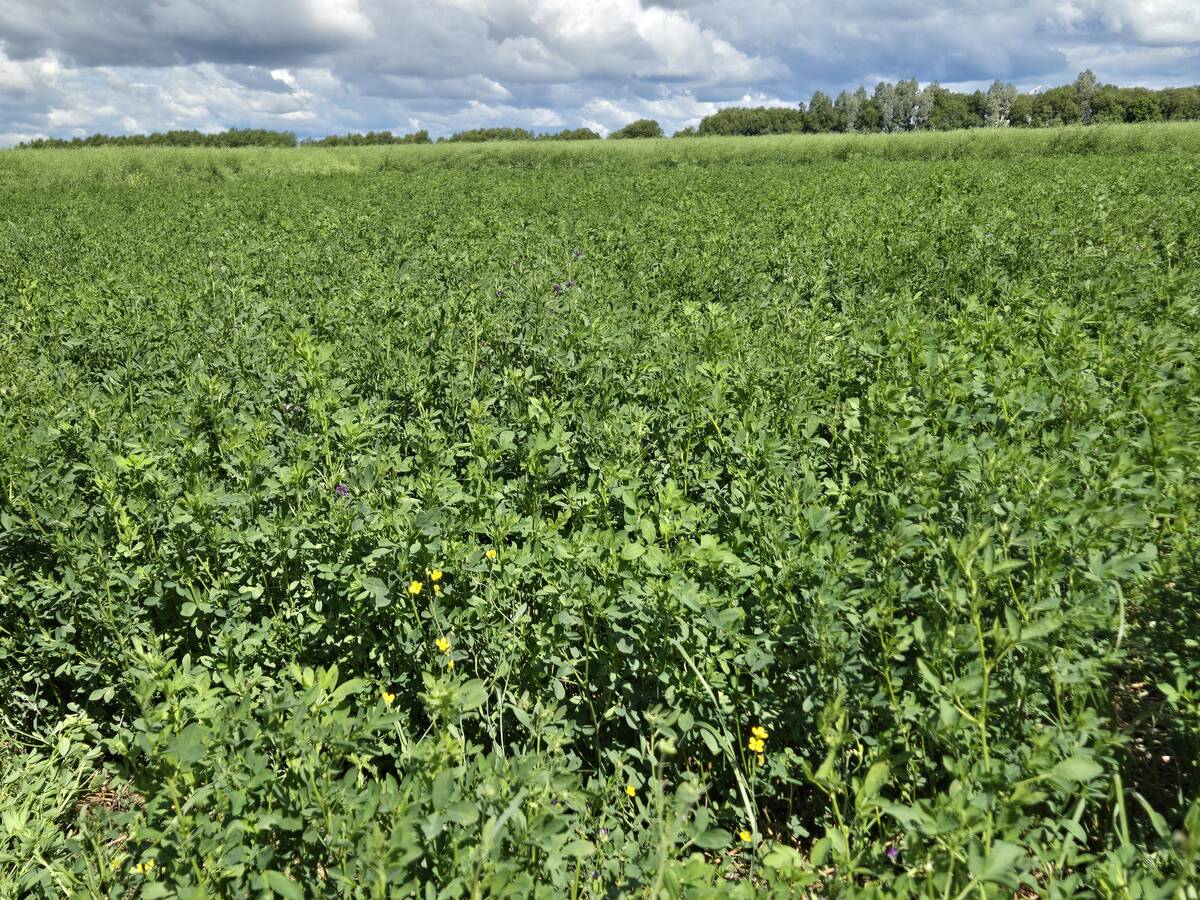The water that devastated the Maple Creek, Sask., area more than a month ago continues to cause problems for people who rely on wells for drinking water.
About half of private wells tested by the Saskatchewan Watershed Authority since the June 18 flood have failed to meet drinking water standards for nitrates, E. coli, or total coliforms.
Dr. Terry Hanley, a toxicologist with SWA, said about 70 wells in the Maple Creek and Swift Current areas had been tested.
The Cypress Health Region is also testing the regulated wells in the region, such as those in the town of Maple Creek.
Read Also

Manitoba Parkland research station grapples with dry year
Drought conditions in northwestern Manitoba have forced researchers at the Parkland Crop Diversification Foundation to terminate some projects and reseed others.
“To date their systems are fine,” he said.
Hanley, the SWA’s director of science and information monitoring, said the failure of half of the private wells to meet standards wasn’t completely unexpected given the extensive flooding.
“What’s surprising is how high the levels are,” he said.
Officials have not linked any illnesses with contaminated well water.
However, high nitrate levels can cause acute health problems in children less than one year of age, the elderly, or people with compromised immune systems, Hanley said.
Boiling the water will kill bacteria, but it won’t fix the nitrate problem.
“All it does is concentrate it,” he explained.
Anyone with well water that looks, smells or tastes odd should test it, he said.
The SWA has offered free testing for the last month but that expires July 23. There are no plans to extend the offer.
Wells containing high bacterial levels can be shock chlorinated to clean them up. The high nitrate levels are likely short term, Hanley said, and the wells should go back to normal in time as the water is purged.
If necessary, reverse osmosis systems
To shock chlorinate a well, a large volume of chlorinated water is siphoned down to displace all water in the well and some of the water in the formation surrounding it. This helps to control iron and sulfate-reducing bacteria and to eliminate fecal coliform or E. coli bacteria. It should be done at least once or twice per year as part of a routine maintenance program.
Shock chlorination will disinfect:
• The entire well depth
• The formation around the bottom of the well
• The pressure system
• Some water treatment equipment
• The distribution system can help.
Source: Alberta Agriculture
Hanley expects SWA will test far more wells than usual this year because of flooding in various regions.
“We will test close to 200 or so additional wells, above and beyond the 400 we would sample on a typical basis,” he said.

















